
Back to Blogs
Discover
5 Spooky Objects at Moyse's Hall Museum
1. A Book Bound in Human Skin
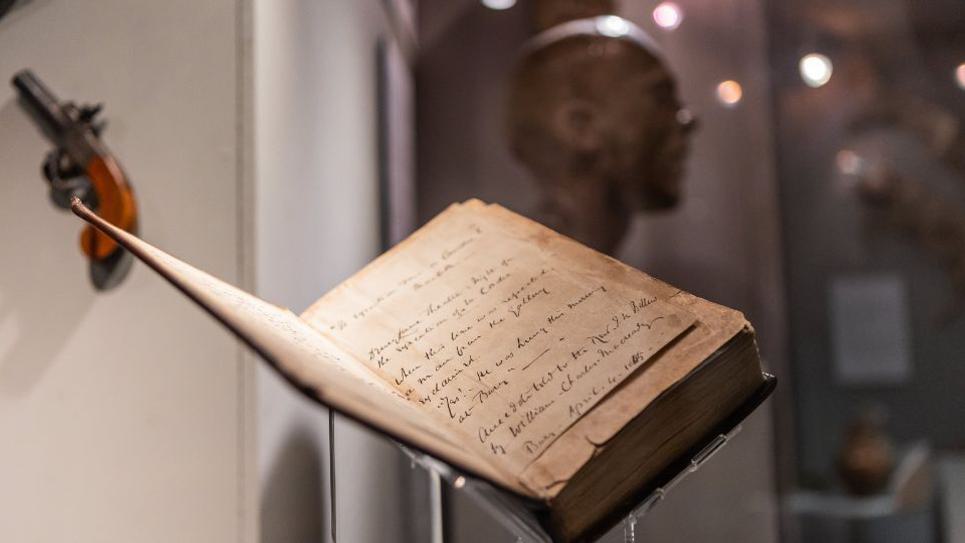
Book bound in the skin of Red Barn murderer William Corder. Photo: Emily Fae
The Red Barn Murder was a notorious murder committed in Polstead, Suffolk, England in 1827. A young woman, Maria Marten, was shot dead by her lover William Corder. The two had arranged to meet at the Red Barn, a local landmark, before eloping to Ipswich.
Corder was hanged at Bury St Edmunds in 1828 and a book on the murder bound in his skin!
2. Mummified Cats
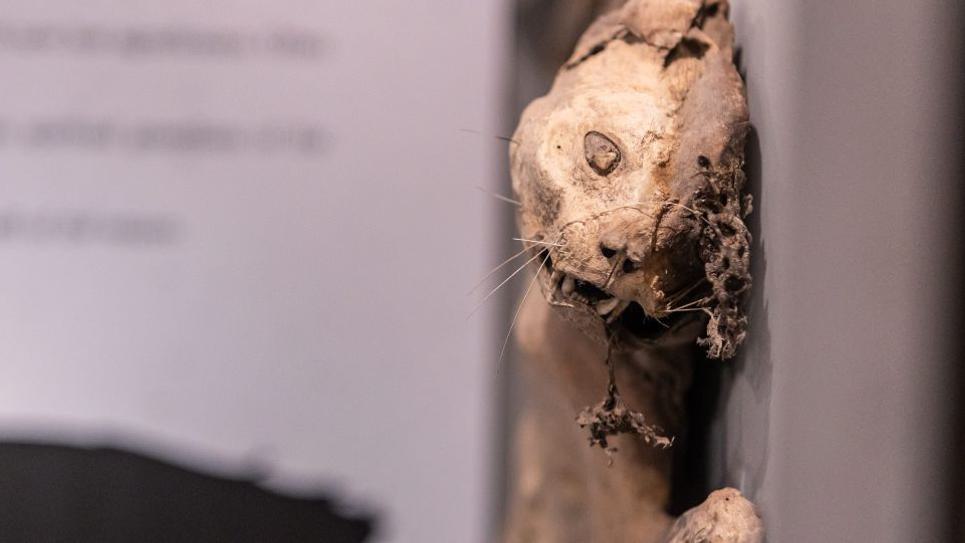
One of the mummified cats at Moyse's Hall Museum. Photo: Emily Fae
Mummified cats were buried in the walls and roof cavities of houses during the 17th Century to ward off witches and evil spirits and if you find one, it’s meant to be bad luck to remove it.
One theory is that as cats are territorial in life, they would also be so in death, their spirit marking its home from would-be intruders.
There are two famous Suffolk mummified cats. The first is over 400 years old and hangs over the bar in The Nutshell pub in The Traverse, which holds the title of smallest pub in Britain as confirmed in the Guinness Book of Records, and was found during building work in 1935.
The second is at Sudbury's Mill Hotel. Local legend states that the cat was once removed and a huge fire broke out at the mill. When a huge crack formed down the centre of the building, the cat was swiftly returned and lays behind a window in the reception area of the hotel to this day.
One of the cat's at Moyse's Hall Museum was found in a residence on Hatter's Street in Bury St Edmunds. The cat was found in the void of an inglenook fireplace and represents the Museum's only example of a ritually deposited cat. Others have been found in the town centre but the property owners have chosen to keep those in situ.
3. The Gibbet Cage
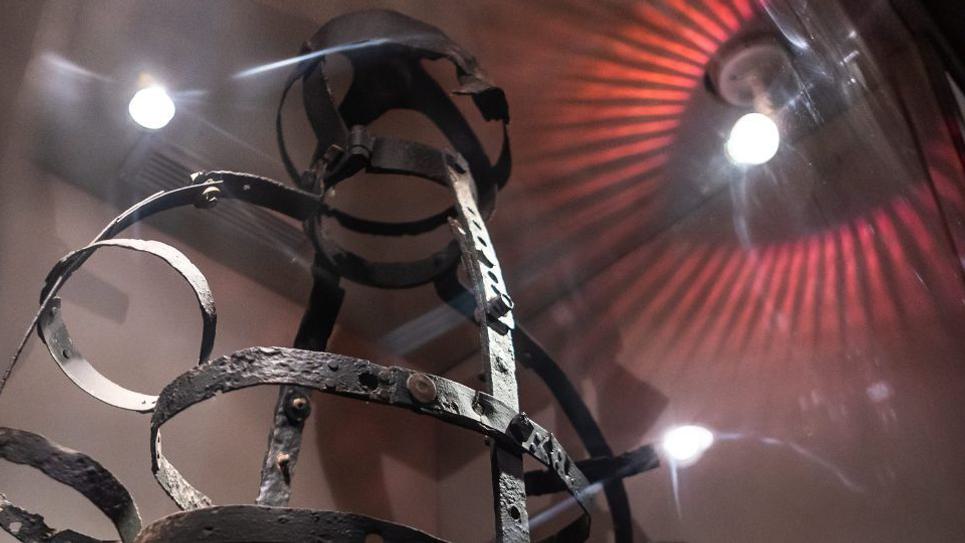
The gibbet cage. photo: Emily Fae
The gibbet cage on display at Moyse's Hall Museum was found complete with John Nichols' skeleton still inside during the building of Honington Aerodrome in the late 1930s.
Nichols and his son Nathan were tried and hanged for a murder at Bury St Edmunds in March 1794. Nathan Nichols' body was dissected and anatomised. His father's remains were gibbeted near the site of the murder. The victim was Nichols' own daughter Sarah who had been bludgeoned with a hedge-stake and strangled. Gibbeting was abolished in 1834.
4. The Tavern Clock
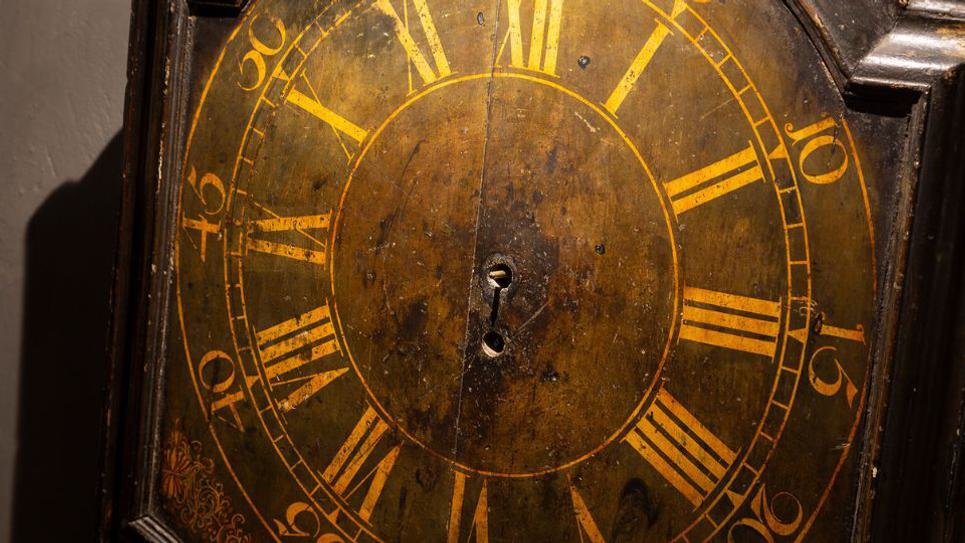
The Tavern Clock. Photo: Phil Morley
This may look like a lovely clock from first inspection but along the side is a list of executions.
The Tavern Clock by John Schofield of London is a weight driven English Dial Clock. Although the Tavern Clock was made throughout the 18th Century as a public clock for inns, coffee houses, banks and churches, it is generally referred to as an 'Act of Parliament Clock'. The 1797 Act imposed a tax on all privately owned clocks and watches, as a result the Tavern Clock was used by patrons wo had discarded their personal timepieces.
The list of executions on the side is no means definitive, with the omittance of quite a few cases, but it is an interesting insight into executions for crimes including horse stealing, Highway robbery, murder and burglary.
5. Wolf Skulls
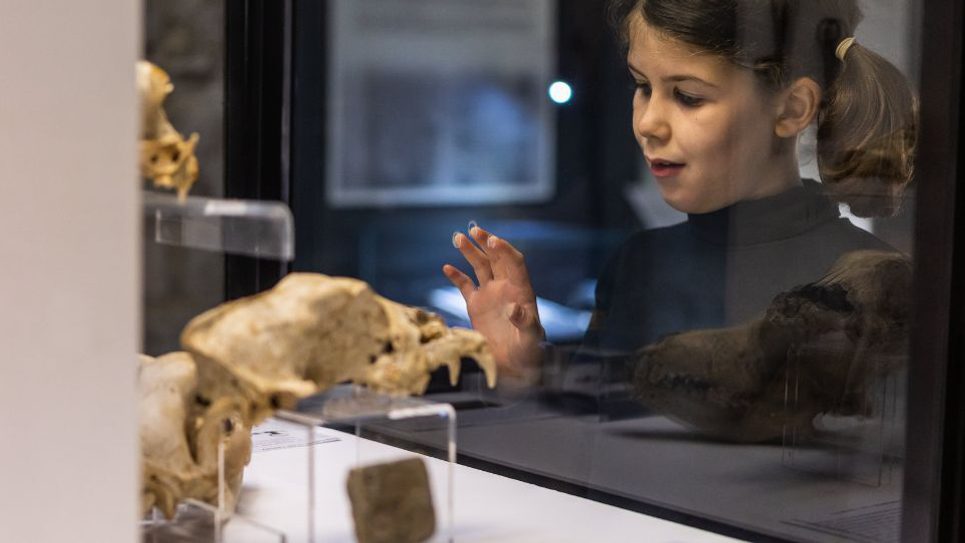
Wolf Skulls. Photo: Emily Fae
The wolf skulls in the Museum's collection continue to be some of the most popular artefacts for staff and visitors alike and their significance a matter of great debate.
In the 1840s, workmen, trying to alleviate drainage issues around the Norman Tower at Bury St Edmunds, began to dig down to medieval street level. To this day the impressive tower sits within the trench they created. The workmen discovered “about 20” animal skulls nine feet away from the towers wall, in the direction of St James’ Church, now the Cathedral.
According to contemporary reports, the skulls were sent to Professor Richard Owen of the Royal College of Surgeons, perhaps best known for coining the word ‘dinosaur’, who reported back: “they are all of the Wolf, with the exception of one skull, which is of a large Dog.” It’s worth noting that Professor Owen is considered a bit of a charlatan, famed for wild theories and assertions.
But why were wolf heads buried there?
There are several theories for the mysterious ‘wolf’ burial at the Abbey of St Edmund. But wolves are forever linked with Bury St Edmunds and East Anglia - King Edmund’s severed head was ‘guarded’ by a wolf in his own legend.
Terrible Tales at Moyse's Hall Museum
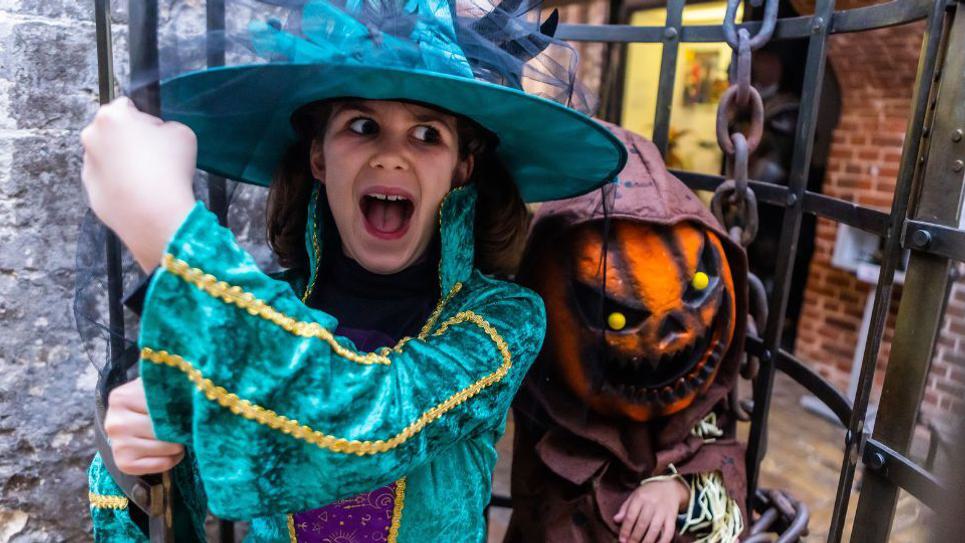
Photo: Emily Fae
Horrible Histories creator Terry Deary has helped Moyse’s Hall Museum bring Bury St Edmunds’ gruesome history to life for children.
Medieval Moyse’s Hall Museum not only features six Terrible Tales by Terry Deary, best-selling author and creator of the hugely popular Horrible Histories books, but also some grisly and gruesome interactive displays for children and adults.
Step inside a gibbet cage (made for the museum by blacksmiths Kingdom Forge)!
The museum’s motto for the interpretation of the museum is plenty of pee, poo and blood and they have succeeded with a dissection table based on the game ‘Operation’ but in Georgian style. You can delve inside a body to find intestines and the heart among other horrors. It’s family friendly guts and gore.
The Battle of Fornham is told through the eyes of a blacksmith, a nun tending to the body of St Edmund tells of his grisly end. The stories of Mary Tudor, Queen of France (who is buried in St Mary’s Church, Bury St Edmunds), the Red Barn Murder, the Nichols Murder, witchcraft and Witchfinder General Matthew Hopkins, all feature. Every story links back to an artefact, bringing the museum’s stories to life.
Find out more at Moyse's Hall Museum website.
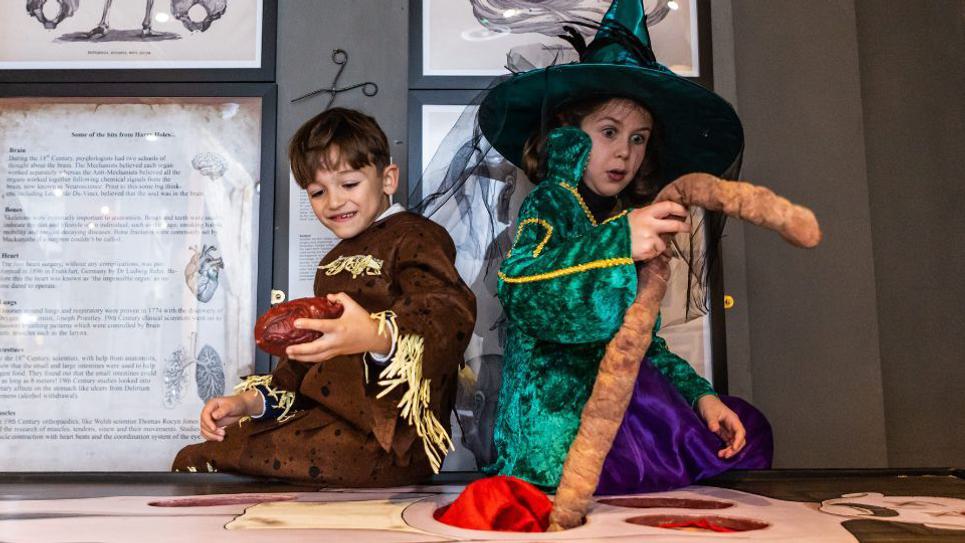
Photo: Emily Fae
Related Blogs

News
Festive Theatre Guide 2025
There’s no better way to summon the magic of the…

News
Where to Go Pumpkin Picking…
Autumn fun, fresh air, and fields full of pumpkins in…

News
Keaton’s Batman the star in…
The iconic cowl created for Michael Keaton in Tim…

News
UnLondon in Bury St Edmunds
Escape the rat race and hop on board with Greater…

News
Perfect Picnic Spots
With stunning countryside and gardens, there are many…
Latest news

News
Enjoy a Festive Afternoon Tea in 2025
Celebrate the Christmas season with a festive afternoon tea in Bury St Edmunds & Beyond...

News
Festive Winter Walks
Get outside and enjoy the fresh crisp winter air with one of these walks in Bury St Edmunds and Beyond!

News
Bury Tour Guides to launch new tours next year after successful 2025
Bury St Edmunds Tour Guides to Introduce new tours in 2026 and continue the successful Food and Drink Tours!

News
New in Bury St Edmunds For 2026
A sneak peak into new attractions visitors can enjoy in Bury St Edmunds in 2026.

News
Baby It's Cold Outside... Things To Do When the Weather Turns Frosty
Just because the temperature’s dropped doesn’t mean the fun has to! If you’re visiting town during the chillier months, there’s still plenty to see, do, and experience.

News
Places to sit by a roaring fire in Bury St Edmunds & Beyond
Warm up by a roaring fire this winter in Bury St Edmunds & Beyond...

News
Christmas Park and Walk 2025
Additional parking has been provided by West Suffolk Council in partnership with Greene King this Christmas.

News
Festive Theatre Guide 2025
There’s no better way to summon the magic of the festive season than a trip to the theatre.

News
Festive Markets in Bury St Edmunds
Festive markets are set to bring seasonal cheer to Bury St Edmunds this November and December, offering the perfect chance to pick up all of your Christmas essentials!
